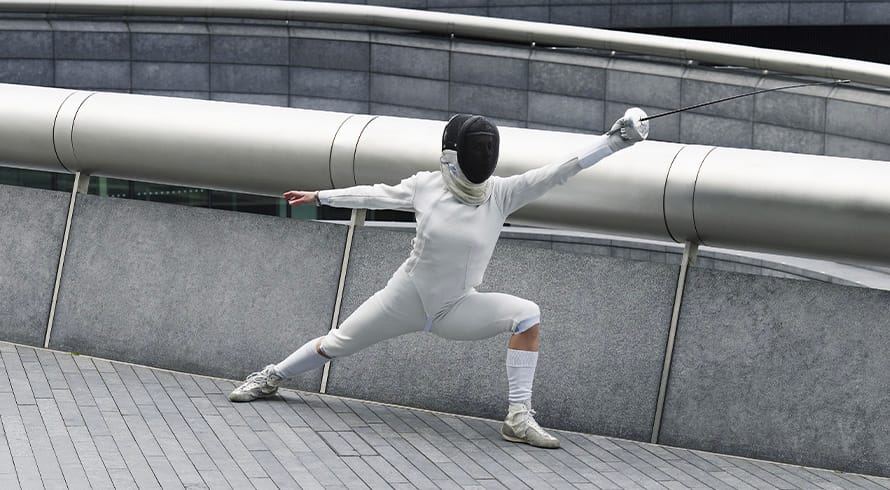Whose right is it anyway?
At a glance
- The recent judgment in Multiquip v NUMSA reaffirms the rights of employees to be represented by trade unions in dismissal hearings before the CCMA.
- Trade union representatives can appear in CCMA proceedings either when elected by an employee or when the union has the right to be a party to the proceedings.
- The judgment clarifies that the right to representation belongs to the employee, and the union's constitution is irrelevant when the union is representing the employee's rights.
In unfair dismissal disputes before the Commission for Conciliation, Mediation and Arbitration (CCMA), a trade union representative can appear at the table (or on the screen of a MS Teams call) in one of two ways:
- The first is where an employee has elected to have the trade union represent them in terms of CCMA Rule 25(1)(a)(ii). This rule stipulates that a person who is a party to a dispute may be represented in CCMA proceedings by of office bearer, official, or member of that person’s registered trade union.
- The second is where the trade union has exercised its entitlement in terms of section 200 of the Labour Relations Act 66 of 1995 to be a party to the proceedings by virtue of the fact that one or more of its members are party to the proceedings.
The Labour Court has previously held that a distinction between these two options is based on whether the rights being exercised are those of the union or the individual.
This distinction was germane in Multiquip where the Labour Court was called upon to determine whether two of its orders should be declared nullities and set aside. The first order confirmed a settlement agreement entered into between Multiquip and the National Union of Metalworkers of South Africa (NUMSA) acting on behalf of 45 employees. The second held Multiquip to be in breach of the first. Multiquip argued that, in light of the recent findings of the Constitutional Court case in the matter of NUMSA v Lufil Packaging [2020] BLLR 645 CC, NUMSA’s constitution prevented it from admitting 46 employees and, as such, NUMSA lacked legal standing before the CCMA when the settlement agreement was struck.
Where a union representative appears as a representative of an employee (i.e. in terms of Rule 25 of the CCMA rules), the Labour Appeal Court has previously held in McDonalds Transport Upington (Pty) Limited v Association of Mineworkers and Construction Union and Others [2016] 37 ILJ 2593 LAC that an employer cannot seek to exclude the union by relying on the employee’s (poor) standing with the union in question, or indeed the trade union’s constitution itself. McDonalds had in turn relied on NUM obo Mabote v CCMA and Others [2013] 34 ILJ 3296 LC in which the Labour Court had held that;
“When an individual applicant wants a particular union to represent him in a dismissal proceeding, the only relevant question is that worker’s right to choose that union.”
The judgment in Multiquip reaffirmed this position. Judge Benita Whitcher held that the right to representation being exercised when a trade union represents an employee under the CCMA rules is the right of the employee and not the trade union.
This, so the court held, differentiated the Multiquip facts from those in Lufil, whereby a trade union was denied standing in the CCMA because it had sought to confirm its organisational rights through employees whom it was not entitled to approach in terms of its own constitution.
Whilst the constitutional provisions of NUMSA were deleterious to its cause in Lufil, in Mulitquip the court held that;
“the contents of the constitution are irrelevant when the union is doing nothing more than providing representation in furtherance of the employee’s right to be represented.”
The information and material published on this website is provided for general purposes only and does not constitute legal advice. We make every effort to ensure that the content is updated regularly and to offer the most current and accurate information. Please consult one of our lawyers on any specific legal problem or matter. We accept no responsibility for any loss or damage, whether direct or consequential, which may arise from reliance on the information contained in these pages. Please refer to our full terms and conditions. Copyright © 2025 Cliffe Dekker Hofmeyr. All rights reserved. For permission to reproduce an article or publication, please contact us cliffedekkerhofmeyr@cdhlegal.com.
Subscribe
We support our clients’ strategic and operational needs by offering innovative, integrated and high quality thought leadership. To stay up to date on the latest legal developments that may potentially impact your business, subscribe to our alerts, seminar and webinar invitations.
Subscribe




